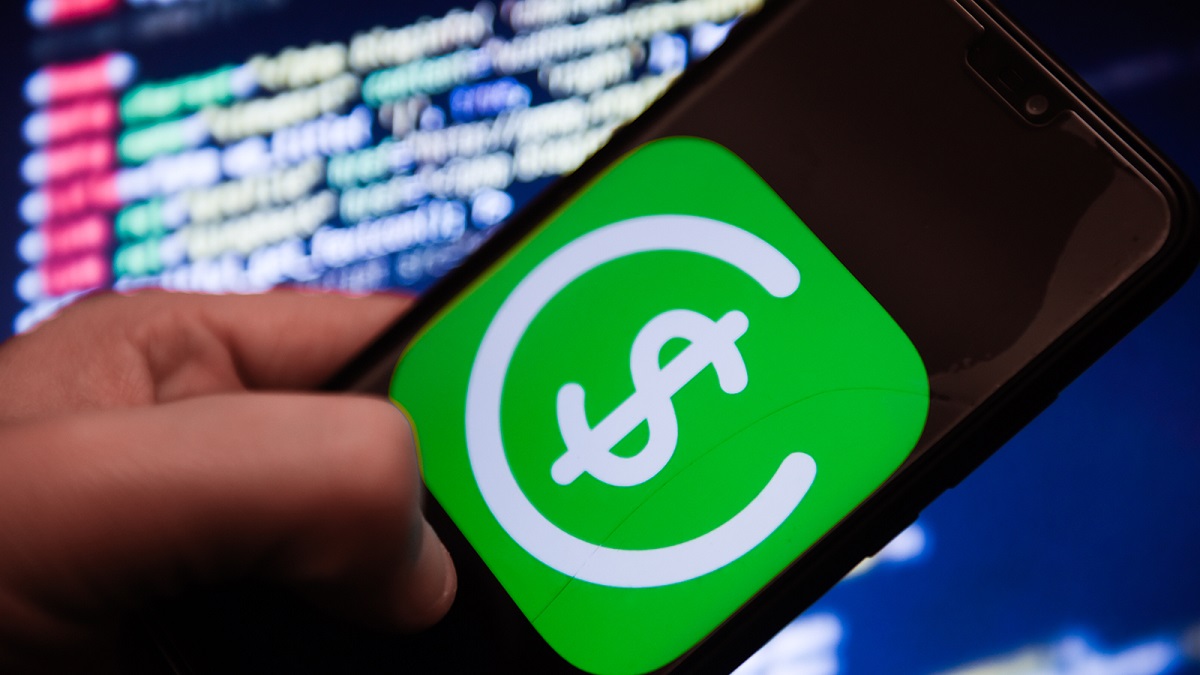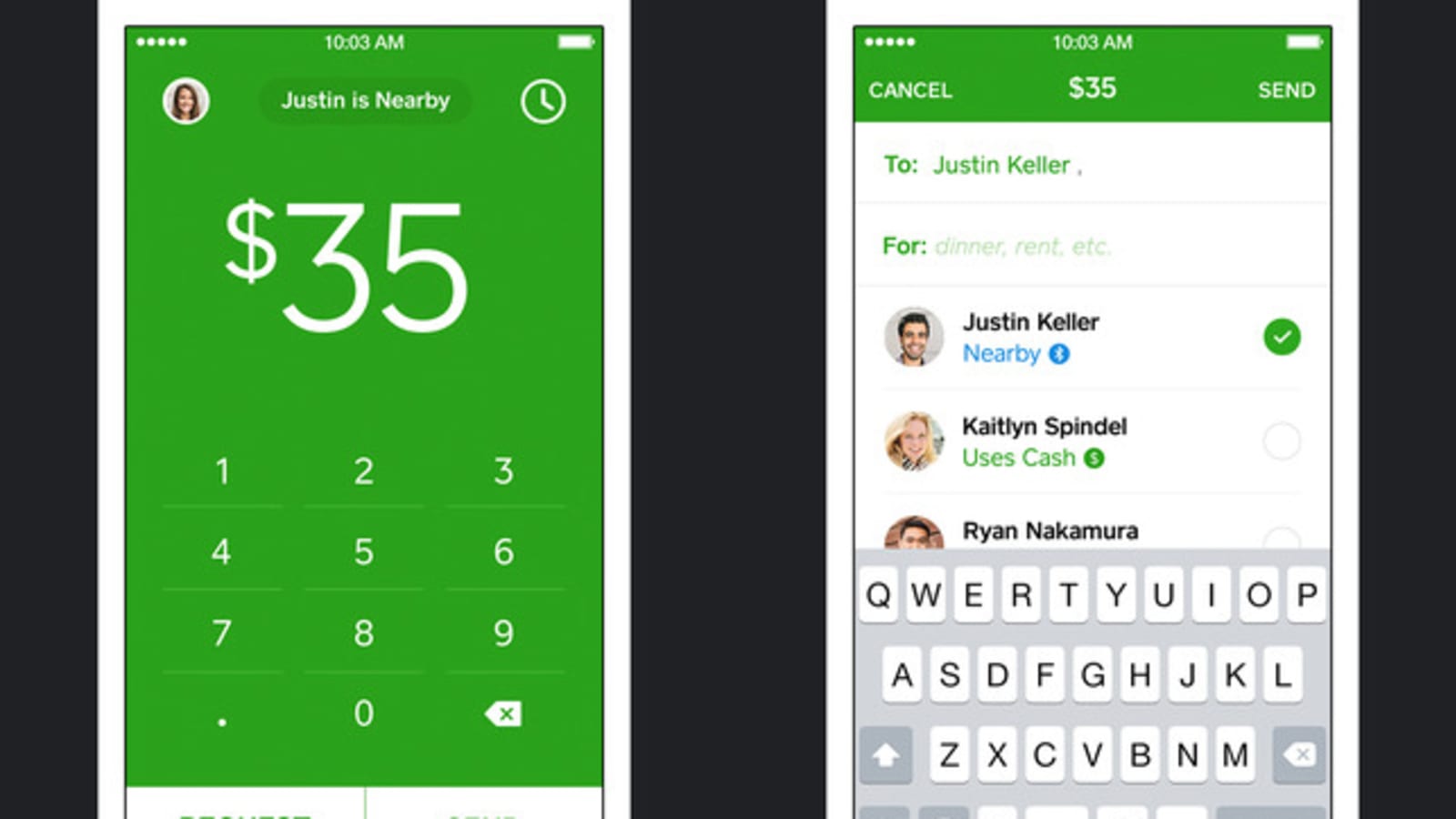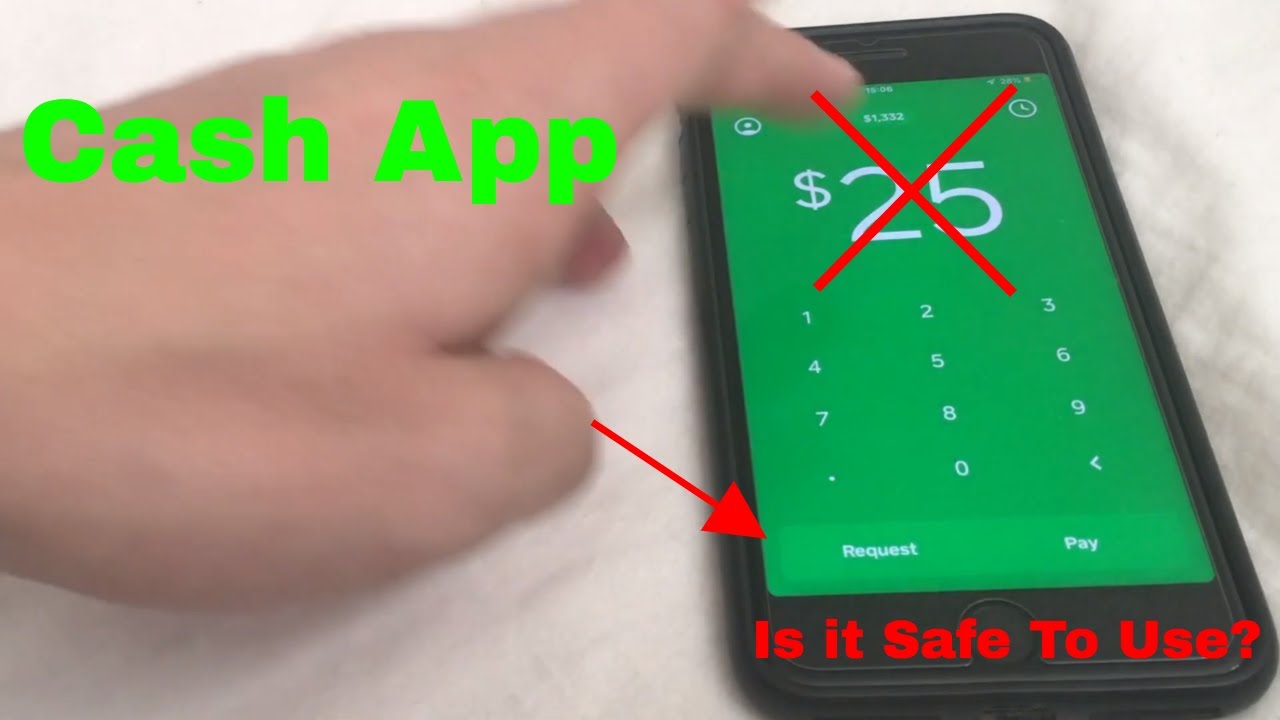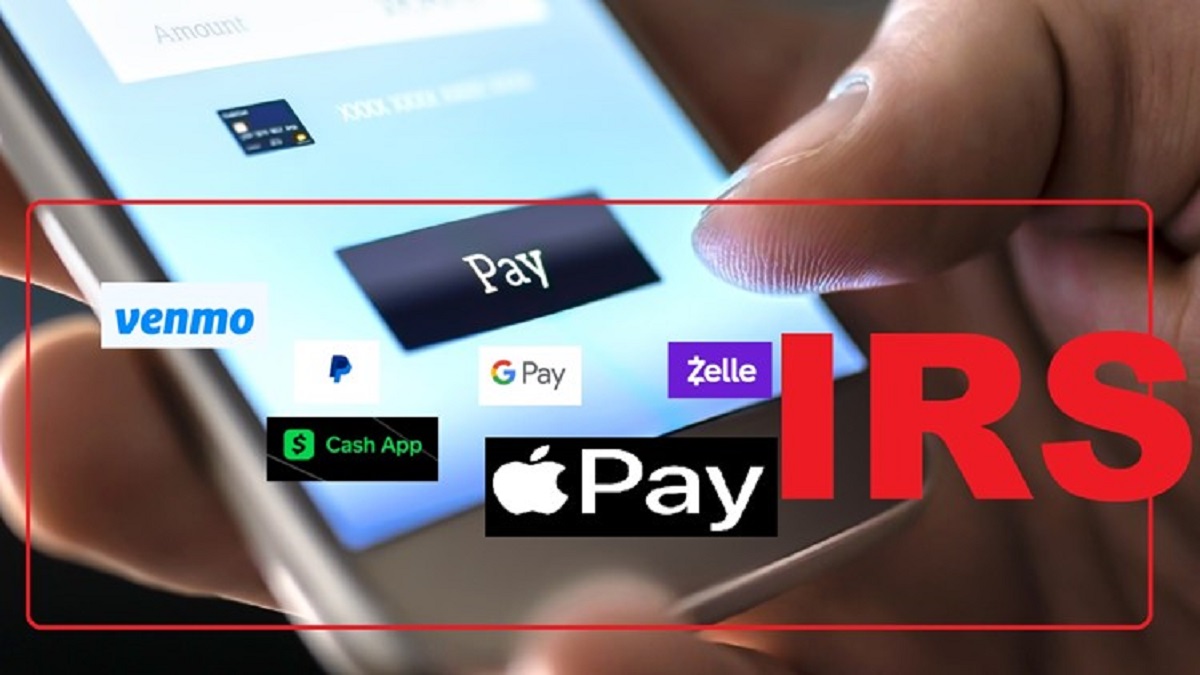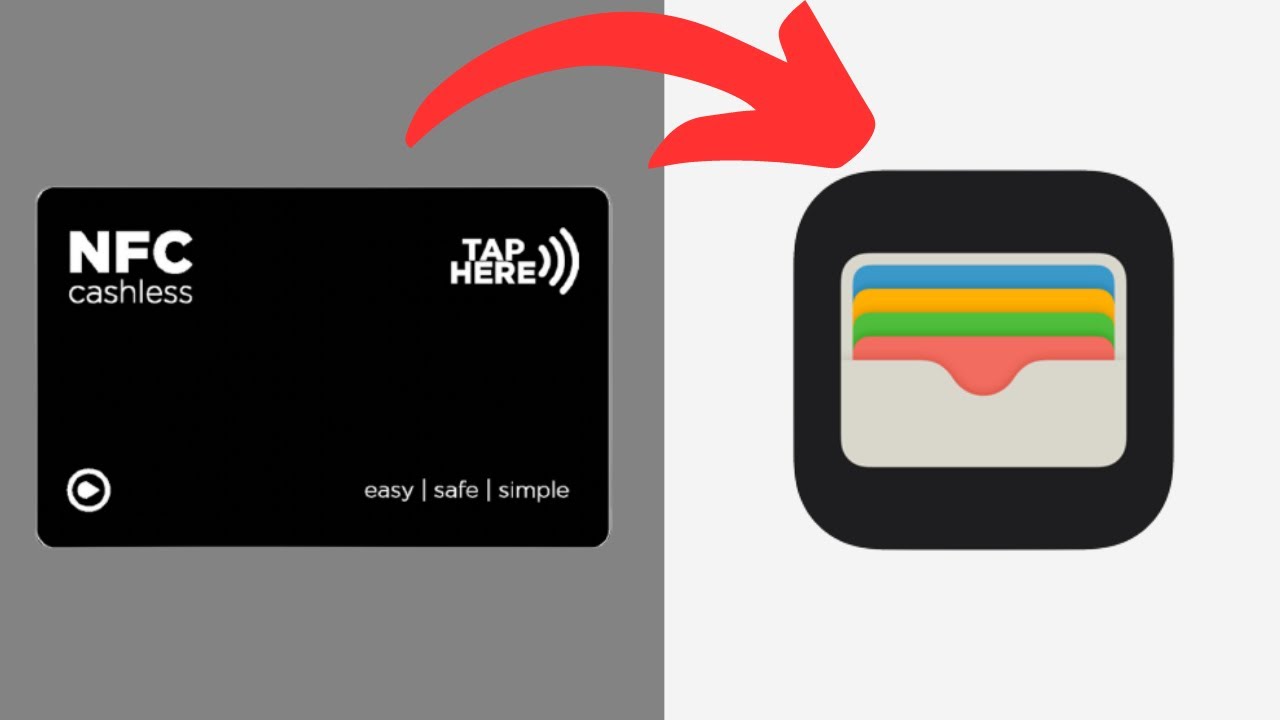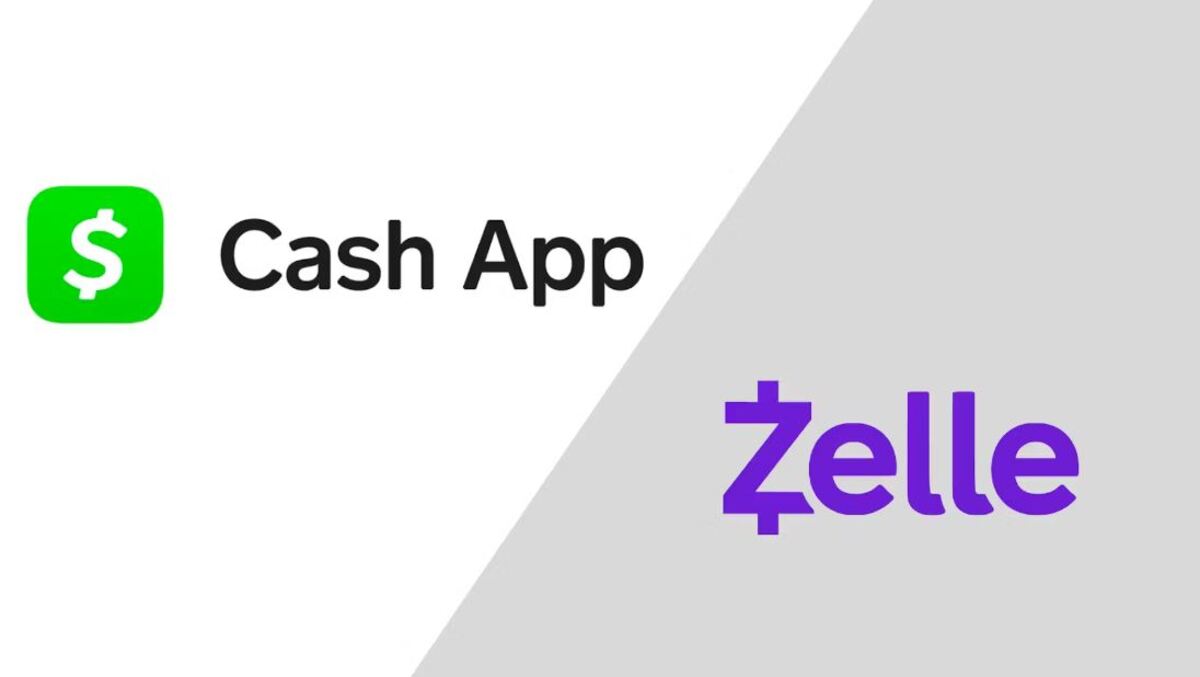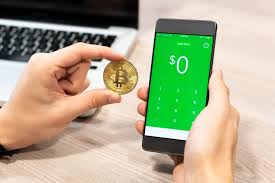What is Cash App?
Cash App is a popular mobile payment service that allows users to send and receive money effortlessly. Developed by Square, Inc., Cash App provides a convenient way to manage your finances, make payments, and even invest money.
With Cash App, you can link your bank account or debit card to your Cash App account, making it easy to transfer funds between your accounts. It also offers a unique feature known as the Cash App Card, which is a physical debit card that you can use to make purchases both online and in physical stores.
One of the key reasons why Cash App has gained popularity is its simplicity and user-friendly interface. Whether you’re sending money to a friend, splitting a bill, or paying for goods and services, Cash App allows you to do so with just a few taps on your smartphone.
Additionally, Cash App offers a unique feature called “Cash App Boosts,” which provides users with exclusive discounts and cashback offers when they make purchases at select merchants. This added benefit makes Cash App not only a convenient way to send money but also a money-saving tool.
Another remarkable feature of Cash App is the ability to buy and sell Bitcoin. Cash App allows users to purchase and store Bitcoin within the app, making it a convenient platform for individuals looking to invest in cryptocurrencies.
Furthermore, Cash App provides users with a unique username, known as a “$Cashtag,” which allows others to send you money directly using your username instead of sharing your personal banking information.
Overall, Cash App simplifies the process of sending and receiving money, while also offering additional features like the Cash App Card and the ability to invest in Bitcoin. Its user-friendly interface and security measures make it a popular choice for individuals looking for a reliable and convenient mobile payment solution.
Setting Up Your Cash App Account
Getting started with Cash App is quick and easy. Here are the steps to set up your Cash App account:
- Download the Cash App: Start by downloading the Cash App from the App Store (for iOS) or the Google Play Store (for Android).
- Create an Account: Open the app and click on “Sign Up.” Enter your email address or phone number and create a unique password.
- Link your Bank Account or Debit Card: To fully utilize Cash App’s features, you’ll need to link your bank account or debit card. Follow the prompts to securely link your financial information to your Cash App account.
- Choose a $Cashtag: Cash App provides you with a unique identifier called a “$Cashtag.” This is like your username, making it easy for others to send you money. Select a $Cashtag that is easy to remember and unique to you.
- Set up Security Measures: Cash App takes security seriously. Set up your security measures, such as enabling a PIN or Touch ID/Face ID for added protection.
- Personalize Your Profile: Add a profile picture and customize your display name to make your Cash App account more personalized.
Once you have completed these steps, you are ready to use Cash App to send and receive money, make payments, and explore its various features.
It’s important to note that Cash App is designed for users who are at least 18 years old and reside in the United States or the United Kingdom. If you meet these requirements, you can take advantage of the many benefits that Cash App has to offer.
Remember to keep your account information and personal details secure. Cash App will never ask for your account password or sensitive information through unsolicited emails or messages. If you ever receive any suspicious communication, report it to Cash App immediately.
Now that your Cash App account is set up, it’s time to add funds and start exploring the various ways you can use the app to simplify your financial transactions.
How to Add Funds to Your Cash App Account
Adding funds to your Cash App account is a simple process that allows you to have money readily available for sending, spending, or investing. Here’s how you can add funds to your Cash App account:
- Open the Cash App: Launch the Cash App on your mobile device.
- Tap on the Balance Tab: From the Cash App home screen, tap on the “Balance” tab located at the bottom center of the screen.
- Select “Add Cash”: On the “Balance” screen, you will see an option labeled “Add Cash.” Tap on it to proceed.
- Enter the Amount: Enter the amount of money you want to add to your Cash App account. You can either type in the amount or use the on-screen keypad.
- Confirm with Touch ID/Face ID: If you have enabled Touch ID or Face ID, you will be prompted to confirm the transaction using your biometric data. This step ensures the security and authenticity of the transaction.
- Link Your Bank Account: If you haven’t already linked your bank account, you will be prompted to do so. Follow the on-screen instructions to securely link your bank account to your Cash App account.
- Authorize the Transfer: Review the transaction details and tap on the “Authorize” button to complete the transfer. Cash App will deduct the specified amount from your linked bank account and add it to your Cash App balance.
It’s worth noting that adding funds to your Cash App account from a linked bank account is typically free of charge. However, if you choose to use a credit card for the transaction, Cash App may apply a fee.
Once the funds have been successfully added to your Cash App balance, you can use them to make payments, send money to contacts, or even invest in Bitcoin. The process of adding funds is quick, secure, and convenient, allowing you to have easy access to your money whenever you need it.
Now that your Cash App account has funds, let’s explore how you can make transactions and send money to your contacts using Cash App.
Sending Money to a Contact
Sending money to a contact using Cash App is straightforward and hassle-free. Whether you need to pay back a friend, contribute to a group gift, or split expenses, Cash App provides a convenient way to send money. Here’s how you can send money to a contact:
- Open the Cash App: Launch the Cash App on your mobile device.
- Tap on the “$” Symbol: On the home screen, locate and tap on the “$” symbol at the bottom center of the screen. This will take you to the “Send” section.
- Enter the Amount: Use the on-screen keypad to enter the amount you wish to send to your contact. You can also add a note to specify the purpose of the transaction if desired.
- Select a Contact: Choose the recipient of the money from your list of contacts. You can either search for the contact by name, email address, phone number, or use the “$Cashtag” if you know it.
- Verify the Recipient: Double-check to ensure that you have selected the correct contact. It’s essential to verify the recipient’s information to avoid sending money to the wrong person.
- Authorize the Transaction: After reviewing the details, tap on the “Pay” button to authorize the transaction. Cash App will deduct the specified amount from your balance and transfer it to the recipient’s Cash App account instantly.
You should note that when sending money using Cash App, there are no fees for standard transactions. However, if you choose to send money using a credit card, Cash App may charge a fee.
Once the transaction is completed, both you and the recipient will receive a notification confirming the transfer. The funds will be instantly available in the recipient’s Cash App balance.
Cash App also provides the option to send money to non-Cash App users. You can send money to their email address or mobile phone number, and they will receive a prompt to sign up for Cash App and claim the money.
Sending money to a contact using Cash App is convenient and secure. It eliminates the need for physical cash or checks, providing a seamless way to transfer funds with just a few taps on your mobile device.
Next, let’s explore how you can request money from a contact using Cash App.
Requesting Money from a Contact
Requesting money from a contact using Cash App is a simple process that allows you to easily collect payments, split bills, or remind someone to pay you back for a previous transaction. Here’s how you can request money from a contact:
- Open the Cash App: Launch the Cash App on your mobile device.
- Tap on the “$” Symbol: On the home screen, locate and tap on the “$” symbol at the bottom center of the screen. This will take you to the “Send” section.
- Enter the Amount: Use the on-screen keypad to enter the amount you want to request from your contact. You can also add a note to specify the reason for the request if desired.
- Select a Contact: Choose the contact you want to request money from. You can search for the contact by name, email address, phone number, or use the “$Cashtag” if you know it.
- Verify the Recipient: Double-check to ensure that you have selected the correct contact. It’s important to verify the recipient’s information before making the request.
- Send the Request: After reviewing the details, tap on the “Request” button to send the money request. Cash App will notify the recipient of the request, and they will have the option to approve and send the requested amount to you.
Once the request is sent, the contact will receive a notification informing them of the money request. The request will appear in their Cash App notifications, and they can choose to accept and send the requested amount directly from their Cash App balance.
You can also track the status of your money requests within the Cash App. Simply navigate to the “Request” section, and you will see a list of your pending requests along with their current status (i.e., pending, completed, or canceled).
It’s important to note that requesting money using Cash App is free of charge. However, keep in mind that the recipient has the choice to decline the request or not fulfill it, as Cash App does not enforce the payment.
Requesting money from a contact using Cash App provides a convenient way to collect payments without the need for physical reminders or awkward conversations about money. It streamlines the process and ensures smoother financial transactions between you and your contacts.
Now that you know how to request money, let’s explore how you can make payments using Cash App for various goods and services.
Making Payments with Cash App
Cash App offers a seamless and convenient way to make payments for a wide range of goods and services. Whether you’re paying rent, buying groceries, or purchasing items online, Cash App simplifies the payment process. Here’s how you can make payments using Cash App:
- Open the Cash App: Launch the Cash App on your mobile device.
- Tap on the “$” Symbol: On the home screen, locate and tap on the “$” symbol at the bottom center of the screen. This will take you to the “Send” section.
- Enter the Amount: Use the on-screen keypad to enter the amount you need to pay for the goods or services. You can also add a note to specify additional details or reference the payment.
- Choose a Contact or Business: Depending on whom you’re making the payment to, select the contact or business from your list of contacts. You can search by name, email address, phone number, or use the “$Cashtag” if applicable.
- Verify the Payment Details: Double-check the payment details, including the payment amount, recipient, and any additional notes before proceeding.
- Authorize the Payment: Once you have reviewed the details, tap on the “Pay” button to authorize the payment. Cash App will deduct the specified amount from your balance and transfer it to the recipient or business.
It’s worth noting that Cash App provides an additional feature called “Cash App Boosts,” which allows you to earn exclusive discounts and cashback offers when making payments at select merchants. Keep an eye out for Boosts as they can help you save money on your purchases.
For online transactions, you can also use your Cash App Card information, such as the card number, expiration date, and CVV, to make payments on websites that accept debit or credit cards. Simply enter your Cash App Card details when prompted during the checkout process.
Making payments with Cash App is not only convenient but also secure. Cash App utilizes encryption and various security measures to protect your personal and financial information, ensuring that your payments are safe and protected.
Now that you know how to make payments with Cash App, let’s explore the features and benefits of the Cash App Card and how it can enhance your payment experience.
Cash App Card and its Uses
The Cash App Card is a physical debit card that is linked to your Cash App account. It provides a convenient way to make payments both online and in physical stores, offering versatility and accessibility in managing your finances. Here’s everything you need to know about the Cash App Card and its uses:
Ordering and Activating the Card:
To obtain your Cash App Card, simply navigate to the “Cash Card” section within the app and follow the prompts to request your personalized card. Once you receive the card in the mail, activate it within the Cash App by following the instructions provided.
Using the Card for Payments:
The Cash App Card functions like any other debit card. It can be used to make payments at millions of locations that accept Visa cards. Whether you’re shopping online, paying for groceries, or dining at your favorite restaurant, simply swipe, dip, or tap your Cash App Card to complete the transaction.
Adding Cash App Boosts:
With the Cash App Card, you can take advantage of Cash App Boosts – exclusive discounts and cashback offers available at select merchants. Browse the available Boosts within the app and add them to your card. When you make a payment at one of the participating merchants, the Boost will automatically apply, providing savings and rewards on your purchase.
ATM Withdrawals:
The Cash App Card also allows you to withdraw cash from ATMs. You can use your Cash App Card at any ATM that accepts Visa cards. Keep in mind that while Cash App does not charge additional fees for ATM withdrawals, the ATM owner or operator may charge a fee.
Cash Card Direct Deposits:
If you receive regular payments, such as a paycheck or government benefits, you can set up direct deposit to your Cash App Card. This enables you to access your funds quickly and conveniently.
Cash App Card Customization:
Cash App allows you to personalize your Cash App Card by choosing a unique signature that will be printed on the front of the card. This allows you to add a personal touch and make your Cash App Card truly your own.
The Cash App Card enhances your Cash App experience by providing a physical payment method that can be used anywhere that accepts Visa cards. With its added features like Cash App Boosts and ATM withdrawals, the Cash App Card offers convenience, savings, and flexibility in managing your finances.
Now that you’re familiar with the Cash App Card and its uses, let’s explore how you can withdraw funds from your Cash App account.
Withdrawing Funds from Your Cash App Account
With Cash App, you have the flexibility to withdraw funds from your account whenever you need them. Whether you want to transfer money to your bank account or receive cash through an ATM, Cash App offers several options for withdrawing funds. Here’s how you can withdraw funds from your Cash App account:
- Open the Cash App: Launch the Cash App on your mobile device.
- Tap on the “Balance” Tab: From the home screen, tap on the “Balance” tab located at the bottom center of the screen.
- Select “Cash Out”: On the “Balance” screen, tap on the “Cash Out” option. This will take you to the withdrawal section.
- Choose a Withdrawal Method:
- Bank Transfer: If you want to transfer funds to your linked bank account, select the “Standard” or “Instant” transfer option. The “Standard” transfer is free and typically takes 1-3 business days to complete, while the “Instant” transfer incurs a fee but allows for immediate transfer.
- ATM Withdrawal: If you prefer to receive cash, you can use your Cash App Card at any ATM that accepts Visa cards. Simply insert your card and follow the on-screen prompts to withdraw your desired amount. Keep in mind that while Cash App does not charge additional fees for ATM withdrawals, the ATM owner or operator may charge a fee.
- Enter the Amount: Specify the amount of money you want to withdraw from your Cash App account.
- Authorize the Withdrawal: Review the withdrawal details, including the amount and chosen withdrawal method, then tap on the “Confirm” button to authorize the transaction.
It’s important to note that Cash App imposes certain limits on the amount of money you can withdraw within a specific time period. These limits may vary depending on various factors, such as your account verification status and transaction history.
Additionally, if you choose to transfer funds to your bank account, Cash App may require additional verification to ensure the security of the transaction. This may involve verifying your identity or providing additional information about your bank account.
By offering multiple withdrawal options, Cash App provides the flexibility and convenience to access your funds whenever and however you need them. Whether you prefer transferring money to your bank account or withdrawing cash through an ATM, Cash App simplifies the process, putting you in control of your finances.
Now that you know how to withdraw funds, let’s explore the fees and charges associated with using Cash App.
Cash App Fees and Charges
Cash App offers many convenient features, but it’s essential to be aware of the fees and charges associated with certain transactions. Here’s an overview of the fees and charges you may encounter when using Cash App:
Standard Cash App Transactions:
For most standard Cash App transactions, such as sending and receiving money between Cash App users, there are no fees involved. These transactions are typically free of charge, making Cash App an attractive option for everyday money transfers.
Instant Transfers:
If you need to transfer funds from your Cash App account to an external bank account instantly, you have the option to choose an instant transfer. However, instant transfers come with a fee of 1.5% of the total amount transferred, with a minimum fee of $0.25. Keep this in mind when deciding whether to opt for the convenience of instant transfers.
Cash App Card Usage:
Using your Cash App Card for purchases is generally fee-free. However, it’s worth noting that certain merchants or retailers may impose their own fees or surcharges for using a debit card. Be sure to check with the specific merchant before making a purchase.
ATM Withdrawals:
While Cash App does not charge additional fees for ATM withdrawals, the ATM owner or operator may charge a fee. This fee is separate from any fees that your bank or financial institution may charge for out-of-network ATM usage. It’s advisable to review the fee disclosure at the ATM before proceeding with a withdrawal.
Cash App Boost Activation:
When you activate a Cash App Boost, there are no immediate charges or fees. However, the Boost will only be active for a limited time and will automatically apply to eligible purchases during that period. It’s crucial to review the terms and conditions of each Boost to understand any potential limitations or requirements.
Bitcoin Transactions:
Cash App allows you to buy, sell, and hold Bitcoin, but it does charge fees for these transactions. The fees associated with Bitcoin transactions may vary and are determined by factors such as market conditions and network congestion.
It’s important to regularly review the fees and charges associated with Cash App transactions, as they are subject to change. Cash App will provide clear notifications and disclosures regarding any applicable fees before you proceed with a transaction, allowing you to make informed decisions.
Understanding the fees and charges associated with using Cash App ensures that there are no surprises when it comes to managing your finances. As always, it’s recommended to review the most up-to-date fee information on the Cash App website or contact customer support if you have any specific questions about fees or charges.
Now that you’re aware of the fees and charges, let’s explore the security measures Cash App has in place to protect your account and personal information.
Security Measures in Cash App
Cash App takes the security and privacy of its users’ accounts and personal information seriously. To ensure a safe and secure experience, Cash App employs a range of security measures. Here are some of the key security features and practices implemented by Cash App:
Encryption and Secure Communication:
Cash App uses industry-standard encryption and secure communication protocols to protect your data. This ensures that your personal and financial information is transmitted securely between your device and the Cash App servers.
Two-Factor Authentication (2FA):
Cash App offers the option to enable Two-Factor Authentication, adding an extra layer of security to your account. With 2FA enabled, you will need to provide a unique verification code in addition to your regular login credentials every time you sign in.
Biometric Authentication:
For supported devices, Cash App provides biometric authentication options such as Touch ID or Face ID. This ensures that only authorized individuals can access your account, adding an extra layer of protection.
Account Verification:
Cash App requires users to verify their accounts by providing valid identification information. This verification process helps ensure that each user is legitimate, reducing the risk of fraudulent activity on the platform.
Fraud Monitoring and Detection:
Cash App employs sophisticated fraud monitoring and detection systems to identify and prevent unauthorized activities. Their systems continuously analyze transactions, patterns, and behaviors to detect any suspicious or fraudulent activity.
Email and Push Notifications:
Cash App sends email and push notifications to keep users informed about their account activity. These notifications are designed to alert you to any unusual or unauthorized transactions, allowing you to take immediate action if necessary.
Quick Response to Security Concerns:
If you ever have security concerns or suspect any unauthorized activity on your Cash App account, you can reach out to Cash App’s customer support team for assistance. They have dedicated agents available to help resolve security-related issues promptly.
It’s important to practice good security hygiene when using Cash App or any other online platform. Here are some additional security measures you can follow:
- Use a strong, unique password for your Cash App account and avoid sharing it with anyone.
- Regularly update your device’s operating system and keep your Cash App app updated to the latest version.
- Be cautious of phishing attempts or suspicious links and emails. Cash App will never ask for your account password or personal information through unsolicited messages or emails.
By implementing robust security measures, Cash App strives to provide a safe and secure platform for its users. However, it’s important to remain vigilant and proactive in protecting your account and personal information.
Now that you’re aware of the security measures in place, let’s address some common issues and provide troubleshooting tips for using Cash App.
Common Issues and Troubleshooting Tips
While Cash App strives to provide a seamless and smooth user experience, there may be occasional issues or challenges you encounter. Here are some common issues and troubleshooting tips to help you overcome them:
1. Payment Failure:
If a payment fails, double-check that you have sufficient funds in your Cash App balance or linked bank account. Verify that the recipient’s details are accurate, and try again. If the issue persists, reach out to Cash App support for assistance.
2. Pending Payments:
If you notice a payment is stuck in a pending state, it may be due to various reasons, such as verification issues or network delays. Wait a few minutes and check if the payment goes through. If it remains pending, contact Cash App support for further assistance.
3. Identity Verification:
If Cash App requests additional identity verification, follow the instructions provided carefully. Make sure to provide accurate and up-to-date information to complete the verification process. Contact Cash App support if you encounter any issues during verification.
4. Dealing with Unauthorized Transactions:
If you suspect unauthorized activity on your Cash App account, immediately secure your account by changing your password and enabling Two-Factor Authentication. Contact Cash App support to report the issue and initiate an investigation into the unauthorized transaction.
5. Cash Card Issues:
If you experience any issues with your Cash App Card, such as a lost or stolen card, contact Cash App support immediately to report the issue. They can assist you with card replacement and provide guidance on securing your account.
6. Cash Out/Withdrawal Problems:
If you encounter any difficulties with cashing out or withdrawing funds, ensure that you have followed the correct steps and provided accurate information. Check your network connection and try again. If the problem persists, contact Cash App support for assistance.
7. Network or Server Errors:
If you experience network or server errors, such as slow loading times or unable to access certain features, check your internet connection and try refreshing the app. If the issue continues, wait a while and try again. If the problem persists, contact Cash App support for further assistance.
For any other concerns, it’s recommended to reach out to Cash App support directly. They have dedicated customer support agents available to assist you with specific issues, provide guidance, and resolve any challenges you may encounter while using the app.
Remember to be cautious of potential scams and phishing attempts. Cash App will never ask for your account password or personal information through unsolicited emails or messages. If you come across any suspicious activity, report it to Cash App immediately.
By following these troubleshooting tips and staying vigilant, you can overcome common issues and enjoy a smooth experience while using Cash App.
Now that you’re equipped with troubleshooting tips, you can confidently use Cash App and resolve any potential challenges that may arise.







